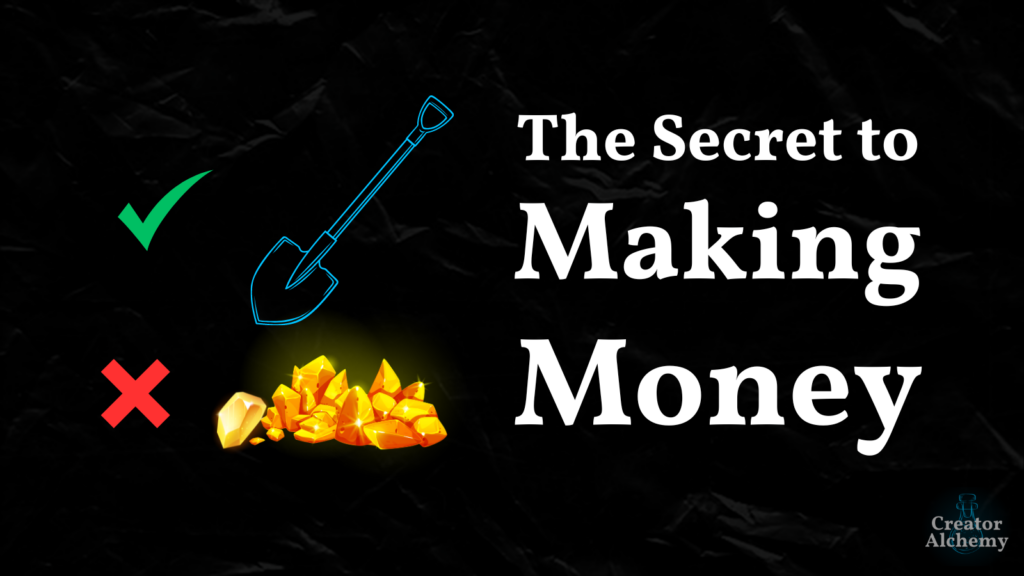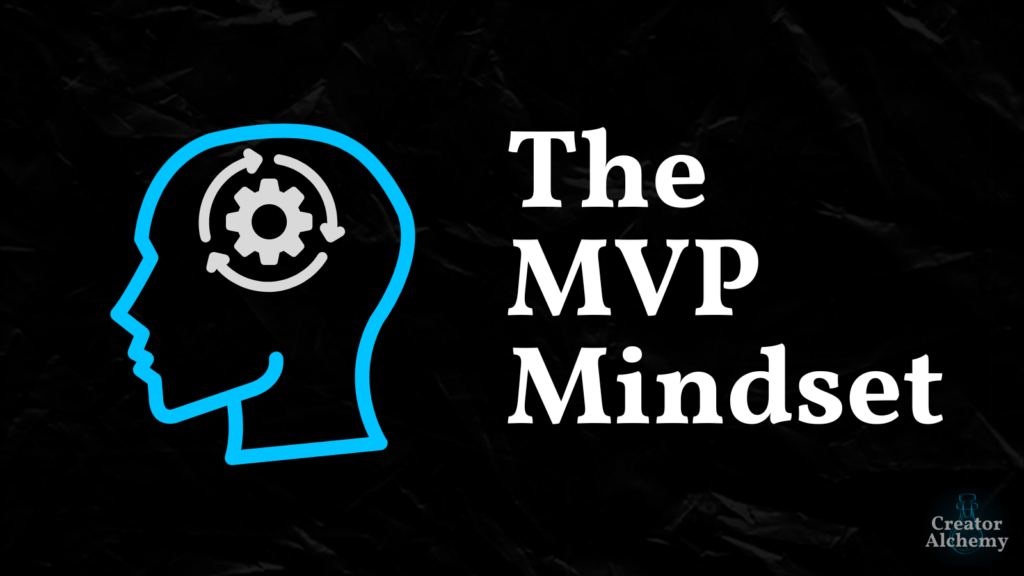January 12th is National Quitters Day—the day most people quit their New Year’s resolutions. Meaning most people don’t even make it two weeks into achieving their goals.
If you came to me—a psychologist—to help you break bad habits or make good ones…
Here are three proven strategies I’d teach you first (that don’t rely on willpower or effort on your part):
•••
1. Perform A Functional Analysis
A functional analysis is when we look at a habit and ask, “what function does it serve?”
Meaning what need is it fulfilling for you?
Because before you can change a habit, you have to understand what purpose it has.
Once you understand its purpose, you can find an alternative (better) habit to replace it.
Ex.:
Let’s say you want to eat healthier but keep eating junk food. You’ve tried hunger suppressants, fad diets, and making “healthy” junk food snacks. But you keep eating junk food which is sabotaging your health goals.
Do a functional analysis:
“What function does [eating junk food] serve?”
Maybe, you realize you cope with stress with junk food (it makes you feel better and gives you a sense of control when you otherwise feel powerless or overwhelmed).
- Maladaptive (bad) behavior: Eating junk food.
- Function of behavior: To cope with stress.
Cool. Now find an alterative behavior that fulfills the same function.
Alternative (better) behaviors that might serve the same function to help you cope with stress:
- reading a book
- calling a friend
- taking a walk
- meditation
- journaling
- lifting
- BJJ
This is why your old strategies didn’t work—hunger suppressants, fad diets, and “healthy” junk food didn’t serve the function to help you cope with stress.
Which is why doing them didn’t work and why you kept eating junk food.
Because your need to cope with stress wasn’t being met any other way effectively.
If you instead determined the function of eating junk food for you was to stave off boredom, then you’d need to find alternative behaviors that also helped you stave off boredom.
Before you try to change a behavior, you have to understand why you do it in the first place.
If you want a deep dive on how to do a functional analysis, check out my article, “Why Most Productivity Advice Sucks: The Art of the Functional Analysis.”
•••
2. Leverage Being A Cognitive Miser
Basically humans are lazy. We don’t like putting in effort. From an evolutionary perspective, being lazy (aka, conserving our mental and physical energy) is adaptive—it’s helped us survive as a species.
Most people struggle with being lazy, but we can learn to leverage our laziness to achieve our goals.
We just need to understand a simple concept: Friction.
If we want to increase a good habit, we need to reduce friction.
If we want to decrease a bad habit, we need to increase friction.
Ex.:
If you wanted to decrease the habit of eating cookies, then you need to increase the friction of getting cookies.
So instead of keeping cookies in your desk or the kitchen, maybe you don’t keep them in your house.
So when you get a craving for cookies, you have to weigh your craving for them against the effort it’ll take to put on pants, drive to the store, find the cookies, buy the cookies, drive back, take off your pants, then finally eat the cookies. You’re looking at spending 30+ minutes to acquire said cookies.
Most “bad” habits are impulsive, so the more friction we can add, the more of a delay we create and will be less impulsive overall.
Plus, we’re lazy.
Spending 30+ minutes to get cookies (when the actual craving will be gone in a couple minutes) will typically be too much effort. Not always, mind you, but often. If you’re dead determined to get cookies, then you still might.
But on the whole, it’ll be too much friction.
On the other hand, if you wanted to increase the habit of reading every day, then you need to decrease the friction of reading.
For example, I love reading The Daily Stoic each day. It’s a great centering and reflection exercise to start my day.
So I put it on my desk so it’s right in front of my as soon as I sit down to start working. I don’t have to hunt it down on my bookshelf, get up to grab it from the other room, or worry about remembering to read it each day—it’s right there in front of me with zero friction.

It’s ok to be lazy—to be a cognitive miser—leverage it to achieve your goals by increasing or decreasing friction accordingly.
•••
3. Build In Behavioral Nudges
This is a key concept of environmental design.
Basically assume you’re going to have zero motivation when it counts.
Now with that assumption in place, how can you design your environment to facilitate your desired goals or habits?
Ex.
Let’s say you wanted to drink more water throughout the day, but you absolutely suck at it.
Instead of keeping your water on the floor beside you (out of your peripheral vision), keep it in front of you on your desk (within your peripheral vision).
I will literally drink 2-3X as much water if my water bottle is in front of me versus on the floor. Even if it’s the same distance from me (within arm’s reach), if it’s not in my peripheral, then it’s out of sight, out of mind. But if it’s in my peripheral, then it’s in sight, in mind.
Seeing your water bottle acts as a “nudge” to engage in the behavior of drinking it.
Grocery stores use behavioral nudges to get you to impulse buy things all the time.
Think about it:
You’ve just finished shopping—diligently checking off everything on your shopping list—and you get to the register.
Suddenly you’re bombarded with all the impulsive buys at the checkout counter:
- sugary sodas in the cooler you have to walk past (”Oh, I’m thirsty all of a sudden.”)
- packs of gum at the counter (”Oh, I forgot I’m almost out. Let me get another pack.”)
- all the candy bars on either side of you as you try to put your groceries on the counter (”I mean, one candy bar won’t hurt. Let me just get one as a treat…”).
That’s environmental design.
Behavioral nudges can be used against you to enslave you with bad habits.
Or you can choose to take back control and leverage them to facilitate your freedom.
Your choice.
•••
Final Thoughts On Habits
These are proven strategies psychologists know, but rarely share with people.
Here’s a simple concept to remember when it comes to habits:
We don’t do things for no reason. Every habit we have and everything we do—for better or worse—we do it for a reason.
The better we get at understanding the why behind our habits, the better we can become at breaking bad habits and making good ones that set us up for success.
These three strategies:
- Performing a functional analysis
- Leveraging being a cognitive miser
- And building in behavioral nudges
Are the foundation to help us do just that.
My goal is to share what I know as a psychologist to help you reach your potential in life and business.
If this resonated with you let me know what you think and how you’ll apply these strategies in your own life, and consider sharing this with someone who needs these strategies to achieve their goals this year.
And if you want to dive deeper into what might be holding you back from achieving your goals, check out my article “Why Wanting Isn’t Enough.”



